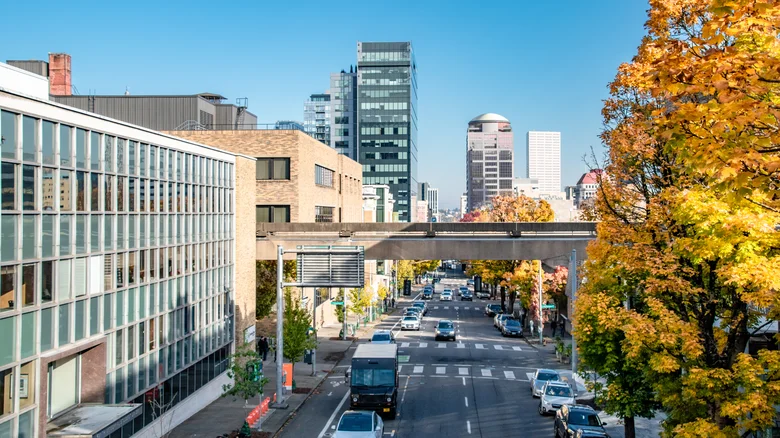A new 2025 study by Oxi Fresh has crowned two Pacific Northwest cities — Portland, Oregon, and Seattle, Washington — as the cleanest in America. The study, which analyzed 35 of the nation’s largest metropolitan areas, challenges the perception that urban living must come with pollution, litter, or poor air quality.
Portland earned the title of America’s cleanest city, receiving an A+ rating, while Seattle came in second with an A grade. Rounding out the top three was Rochester, New York, which scored an A-. At the opposite end of the list were Los Angeles and New York City, ranked 34th and 35th, respectively.
The research evaluated each city on seven key metrics: population density, rodent and cockroach prevalence, vandalism, litter, air quality, and tap water quality. These combined factors provided a comprehensive look at how well cities maintain both public health and environmental cleanliness.
Also Read
One of the most striking contrasts between the cleanest and dirtiest cities was seen in pest data: only 1% of Portland homes reported cockroaches in the past year, compared to 20% in New York City.
Why Portland Tops the List
Portland’s reputation for calm, green living now extends to cleanliness. Often described as “America’s quietest city,” it scored high across nearly every metric in the Oxi Fresh analysis.
A major factor behind Portland’s cleanliness is its low population density — just 375 residents per square mile. That’s dramatically lower than cities like Los Angeles or New York, where thousands occupy the same space. With fewer people per block, there’s less waste, congestion, and strain on public maintenance systems.
Air and water quality also played a key role. Portland’s air quality ranks among the best in the country, while its tap water contains very low levels of contaminants. These environmental advantages are enhanced by the city’s natural landscape. The Willamette River watershed, surrounding forests, and extensive tree canopy — covering nearly 30% of the city — all help filter pollutants and reduce smog.
Portland’s success isn’t just environmental luck; it’s policy-driven. The Oregon Department of Environmental Quality has long enforced strict pollution standards. A 2008 program that reduced vehicle travel by 50 million miles per year cut an estimated 10,000 pounds of air toxins from Portland’s atmosphere.
The city’s Downtown Portland Clean & Safe program — a public-private partnership — ensures streets stay free from litter and vandalism through daily cleanup crews, demonstrating how civic involvement complements environmental planning.
Seattle: A Close Second
Just north of Portland, Seattle claimed second place for its pristine streets and healthy environment. Known as America’s most outdoor-friendly city, Seattle offers the buzz of urban life alongside fresh mountain air and clean waterways.
Despite being nearly twice as dense as Portland, Seattle still performs exceptionally well in cleanliness metrics. The study found that Seattle’s Air Quality Index (AQI) was rated “good” on 205 days in the past year — a sharp contrast to Los Angeles, which achieved only 37 “good” days.
Seattle’s rodent prevalence is also impressively low, with only 5% of households reporting issues, even lower than Portland’s 9%.
Geography helps Seattle maintain its edge. Nestled between the Cascade Mountains and Puget Sound, the city benefits from clean mountain water and ocean breezes that naturally ventilate and purify the air.
Environmental policy also plays a major role. In 2019, Seattle adopted its own Green New Deal, focused on reducing pollution and supporting sustainability in underserved communities. The city’s Seattle Clean City Initiative further combats litter, graffiti, and public health hazards through coordinated cleanup efforts.
The Broader Message
The Oxi Fresh study shows that major urban centers can thrive without sacrificing environmental health. Portland and Seattle prove that green policies, strong community engagement, and smart urban design can create cities that are both vibrant and remarkably clean.
As other U.S. cities struggle with pollution, waste management, and overcrowding, the Pacific Northwest’s two largest metros stand out as models of sustainability — where city life and nature coexist in rare harmony.












